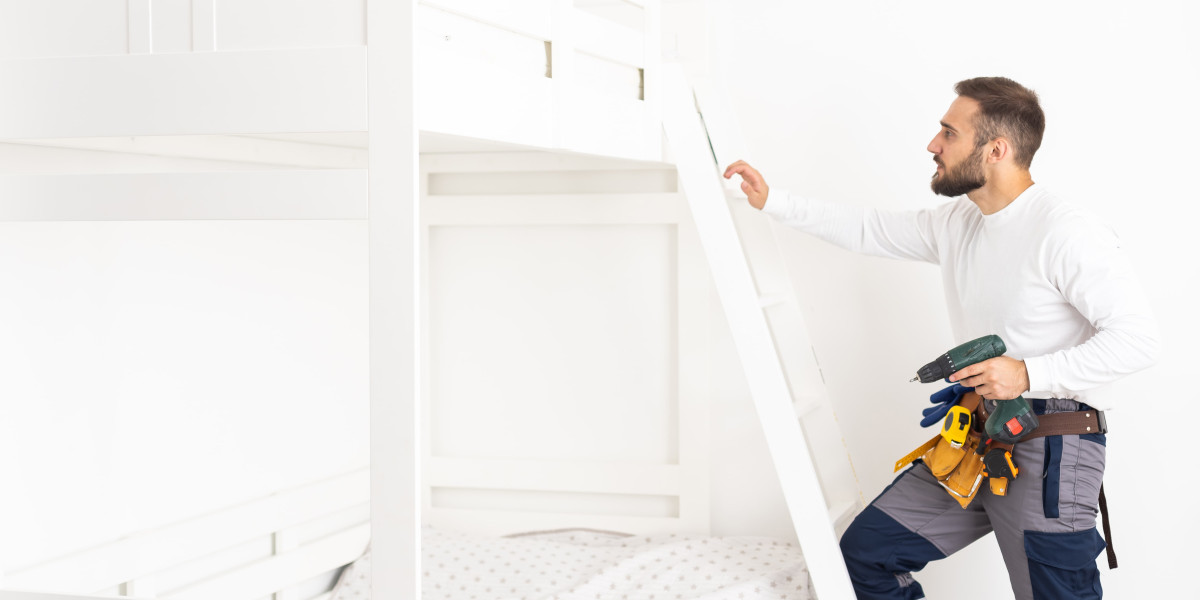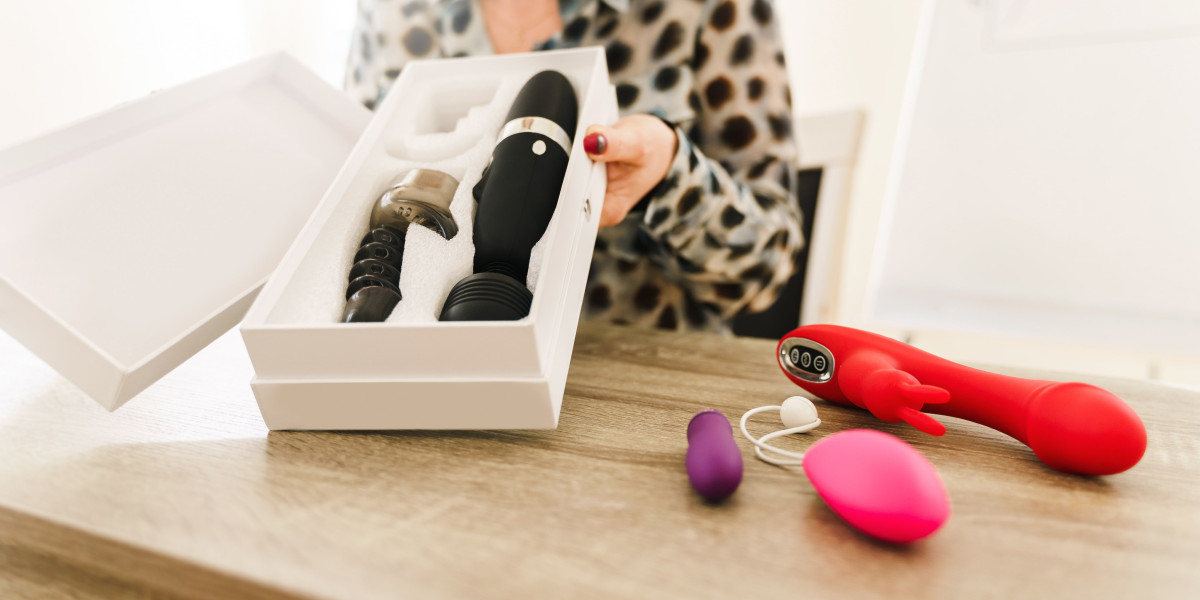The Ultimate Guide to Bunk Beds for Children: Safety, Styles, and Benefits
When it concerns styling a kid's space, moms and dads frequently deal with the dual challenge of taking full advantage of space while ensuring comfort and functionality. Bunk beds have emerged as a popular service that resolves these needs, offering not simply sleeping arrangements however also adding to a space's visual. In this thorough guide, we will look into various aspects of kids's bunk beds, focusing on their benefits, safety features, styles, and considerations for parents pondering this purchase.
Tabulation
- Benefits of Bunk Beds
- Safety Features to Consider
- Types of Bunk Beds
- Style and Style Options
- Upkeep Tips
- Regularly Asked Questions (FAQs)
1. Benefits of Bunk Beds
Bunk beds use various advantages for children and their parents. Here are some essential benefits:
Space-Efficiency: Bunk beds are an excellent solution for smaller sized spaces. By stacking one bed on top of another, more flooring space is offered for play, storage, or research study locations.
Economical: When children share rooms, bunk beds can minimize the requirement for buying two different beds, therefore saving money.
Cultivates Social Interaction: Bunk beds can help siblings or buddies bond by sharing a space, producing opportunities for social advancement.
Fun Factor: The concept of sleeping "up high" includes a spirited element to bedtime, making the shift to sleeping alone much easier for some children.
Versatile Design: Bunk beds can be found in different styles, colors, and develops to match any space style, enabling for customization that shows the child's character.
2. Security Features to Consider
Safety is paramount when it comes to kids's furnishings, particularly in the case of bunk beds. Here are some crucial safety functions to examine:
| Safety Feature | Description |
|---|---|
| Sturdy Construction | Frames made of solid wood or metal are preferred. |
| Guardrails | Should be at least 5 inches high and extend along both sides of the upper bunk. |
| Ladder Design | Ensure ladders are firmly attached and have non-slip steps. |
| Mattress Size & & Fit | Must fit snugly within the frame to avoid spaces. |
| Weight Limit | Always comply with the producer's weight limit recommendations. |
3. Types of Bunk Beds
Bunk beds come in numerous styles, dealing with various needs, choices, and space sizes. Here are some typical types:
Standard Bunk Bed: The the majority of standard type, with one bed on top of another.
Loft Bed: Features a high upper bed with space underneath for a desk or play area.
Futon Bunk Bed: Combines a top bunk with a futon on the bottom, supplying versatility for seating and sleeping.
L-Shaped Bunk Bed: This style has the top bunk set at a perpendicular angle to the bottom, producing a little corner area.
Triple bunk Beds children's Bed: Accommodates 3 kids using stacked beds, suitable for large families or sleepovers.
4. Style and Style Options
When it comes to choosing a style for kids's bunk beds, the options are practically endless. Here are some popular styles:
Traditional Style: Often made of wood, these bunk beds feature ornate details and are perfect for timeless or rustic-themed spaces.

Modern Style: Characterized by clean lines and minimalist designs, contemporary bunk beds can be made from metal or wood.
Themed Bunk Beds: Some brand names provide bunk beds shaped like castles, vehicles, or playhouses, making bedtime less of a task.
Convertible Bunk Beds: These can be separated into two private beds, offering flexibility as children grow.
Colorful Options: Bunk beds in vibrant colors can include a sense of pleasure and playfulness to any space.
5. Upkeep Tips
Keeping a bunk bed is important for longevity and safety. Here are some ideas:
Regular Inspections: Check for loose screws or bolts every couple of months and tighten them as needed.
Cleaning: Wipe down frames routinely to prevent dust accumulation; consider using a vacuum for hard-to-reach locations.
Mattress Care: Rotate bed mattress routinely and use protective covers to lengthen their life.
Watch for Wear and Tear: Look for any signs of damage in the wood or metal and think about changing parts if necessary.
Teach Kids Safety Rules: Encourage children to utilize ladders appropriately and guarantee they comprehend the safety features of their bed.
6. Regularly Asked Questions (FAQs)
Q1: What age is proper for sleeping in a leading bunk?
A1: Typically, kids aged 6 and older are advised for upper bunk sleeping, as they have the needed motor skills to climb up safely.
Q2: Do bunk beds come with a mattress?
A2: Most bunk beds are sold as frames just, so you will require to purchase mattresses individually. Guarantee that the bed mattress fits the frame comfortably.
Q3: Can bunk beds be separated later?
A3: Many designs allow conversion into two specific beds, supplying versatility for future requirements.
Q4: How can I guarantee my child's security on a bunk bed?
A4: Comply with safety requirements and make sure guardrails, a strong frame, and a protected ladder are in location.
Q5: Are there weight limitations on bunk beds?
A5: Yes, constantly examine the manufacturer's specifications concerning weight limits to guarantee safety.
Bunk beds for kids can serve multiple purposes while making sure safety and style. With varied designs and designs offered on the market, parents can find a system that not just takes full advantage of bedroom space however also shows their kid's distinct tastes. As with any furnishings, comprehending security functions, maintenance, and how they fit into a child's way of life will guarantee that these beds remain a practical furnishings solution for several years to come.
Through mindful consideration and adherence to safety guidelines, bunk beds can offer a lasting, fun, and functional sleeping service that children enjoy.



